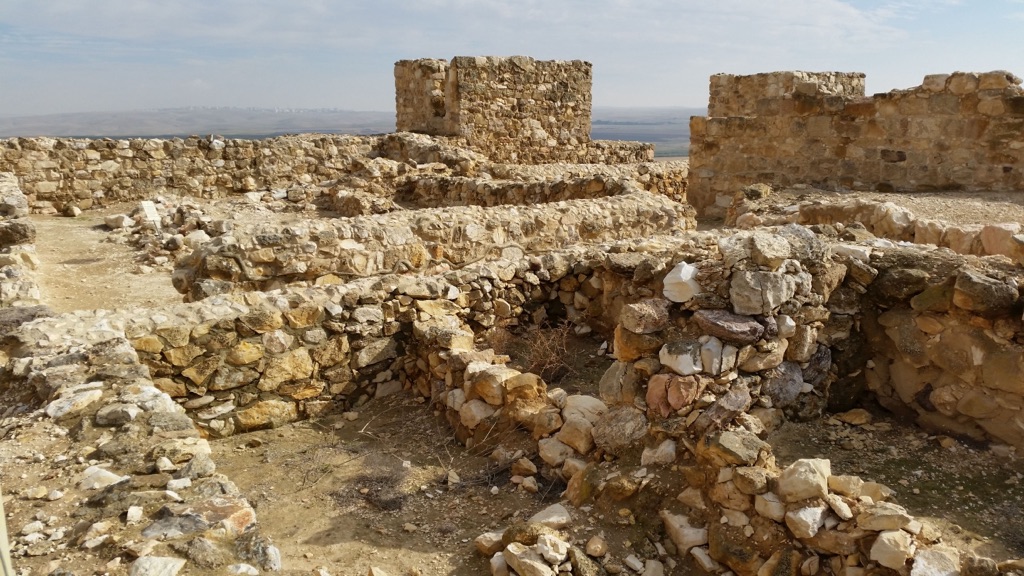Summary
Discovering Tel Arad National Park
Stepping into Tel Arad National Park is like walking back in time. This ancient site showcases the remnants of a Canaanite city and an Israelite fortress. Nestled in the heart of the Negev desert, the park offers breathtaking views. Visitors can explore the fascinating ruins, including the city’s gates, streets, and homes. The meticulously preserved temple stands out as a testament to detailed craftsmanship. This place is a must-visit for history buffs and adventure seekers alike, longing to experience a piece of Israel’s storied past.
Get your dose of History via Email
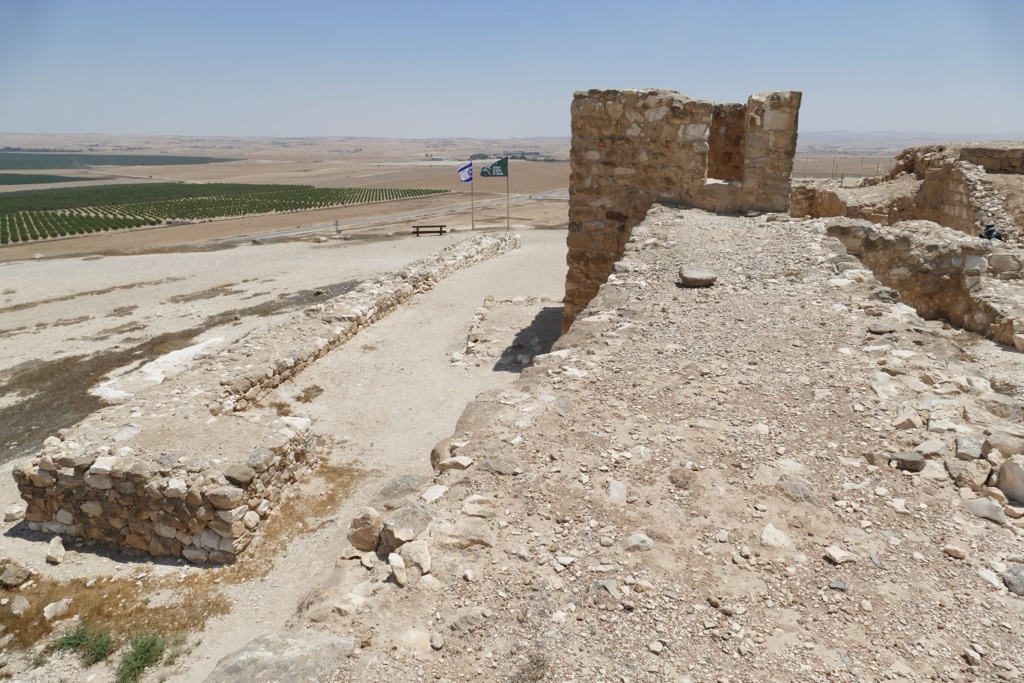
The Significance of Tel Arad
The importance of Tel Arad extends beyond its ruins. It is a crucial piece of cultural heritage, reflecting the diverse historical narratives of the region. The park serves as a rich educational resource, displaying facets of Canaanite and Israelite life. Unique features like the water cisterns exemplify ancient engineering skills. The temple area, with its holy of holies section, provides insight into the religious practices of the time. Tel Arad’s ongoing archaeological excavations continue to reveal secrets, keeping its history alive and evolving.
Planning Your Visit
For an immersive experience, proper planning is key. Tel Arad National Park offers guided tours that enhance the understanding of the site. There are also designated picnic spots and overnight camping options for those wishing to dwell under the stars. The best time to visit is during spring or autumn for pleasant weather. Comfortable walking shoes and sun protection are highly advised for the terrain. Visitors leave with a deepened appreciation of the ancient civilization and the value it has brought to modern society.
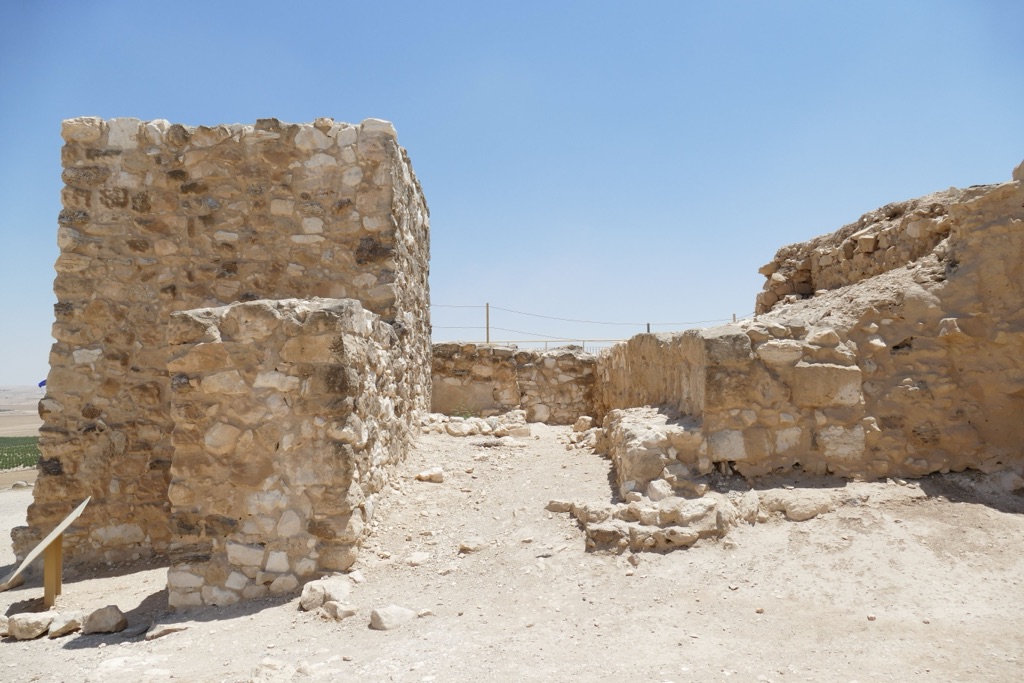
Historical Background of Tel Arad National Park
The Origins of Tel Arad
Tel Arad stands as a beacon of the ancient world in Israel’s Negev desert. Archaeologists date the first settlement there to the Early Bronze Age. The site once bustled as a Canaanite city, strategically located on trade routes. Merchants and travelers passed through, enriching the local culture. The city’s layout, with its well-planned streets and impressive fortifications, hints at a high level of societal organization. Over the centuries, Tel Arad evolved, reflecting the dynamic history of the region.
The Israelite Stronghold
After centuries of Canaanite rule, the Israelites fortified Tel Arad during the Iron Age. They transformed the city into a military outpost, guarding their fledgling kingdom. The remains of the fortress, with its thick walls and defensive structures, speak of a time of conflict and conquest. Tel Arad was pivotal in the defense against invading forces. It also served as a center for administrative and religious activities in the area. Thus, its role shifted from a commercial hub to a military and spiritual sanctuary.
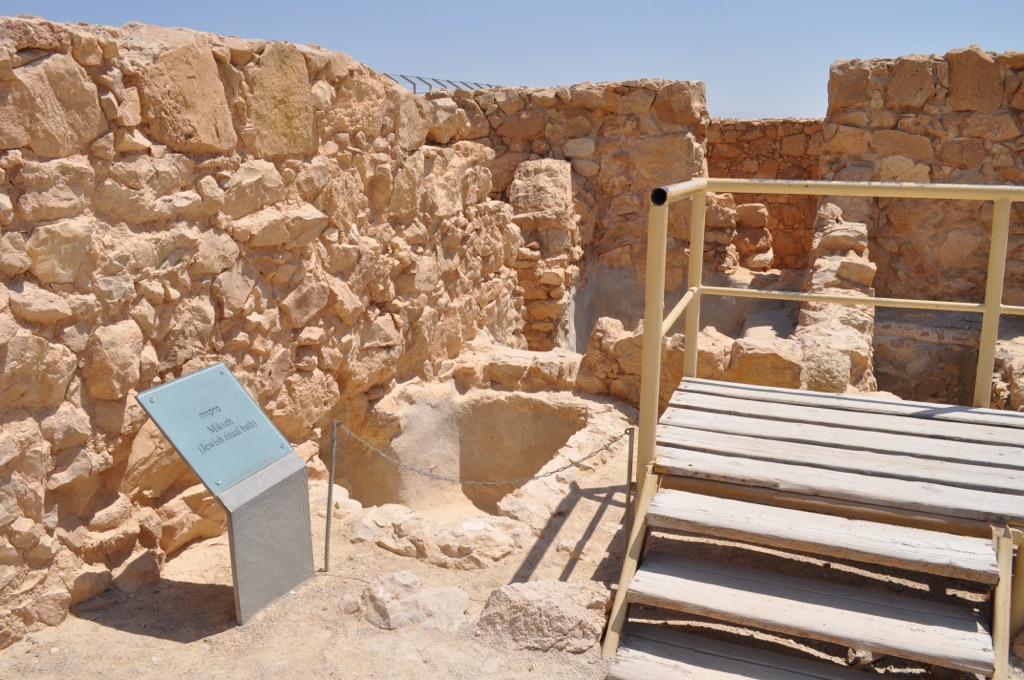
Ancient Religious Practices Revealed
One of Tel Arad’s most extraordinary discoveries is the remains of a temple believed to be dedicated to Yahweh. This rare find includes altars, a sanctuary, and a ‘holy of holies’ chamber. The temple’s structure aligns with biblical descriptions, providing tangible links to scripture. Moreover, the presence of inscriptions and religious artifacts offers a glimpse into worship practices long gone. Today, the temple is a significant touchpoint for both archaeologists and those interested in biblical history.
The decline of Tel Arad is as enigmatic as its rise. By the end of the Iron Age, the city was abandoned, its once-formidable walls left to crumble. There are many theories about why Tel Arad fell into ruin. Some suggest a major military defeat; others cite economic decline. Perhaps it was a combination of factors, including changes in trade routes. Whatever the cause, the abandonment left an archaeological treasure trove. For modern observers, it offers a snapshot of an era frozen in time.
Today, Tel Arad National Park is not only an archaeological gem but also a cultural monument. It has captivated researchers, history enthusiasts, and tourists alike. The ongoing excavations continue to unravel the past layer by layer. As new findings surface, they shape our understanding of ancient civilizations. Visitors to the park can stroll through millennia, connecting with ancestors whose stories are etched in stone and soil. Tel Arad stands as a testament to human trade, militarization, and spirituality, enduring through the ages.
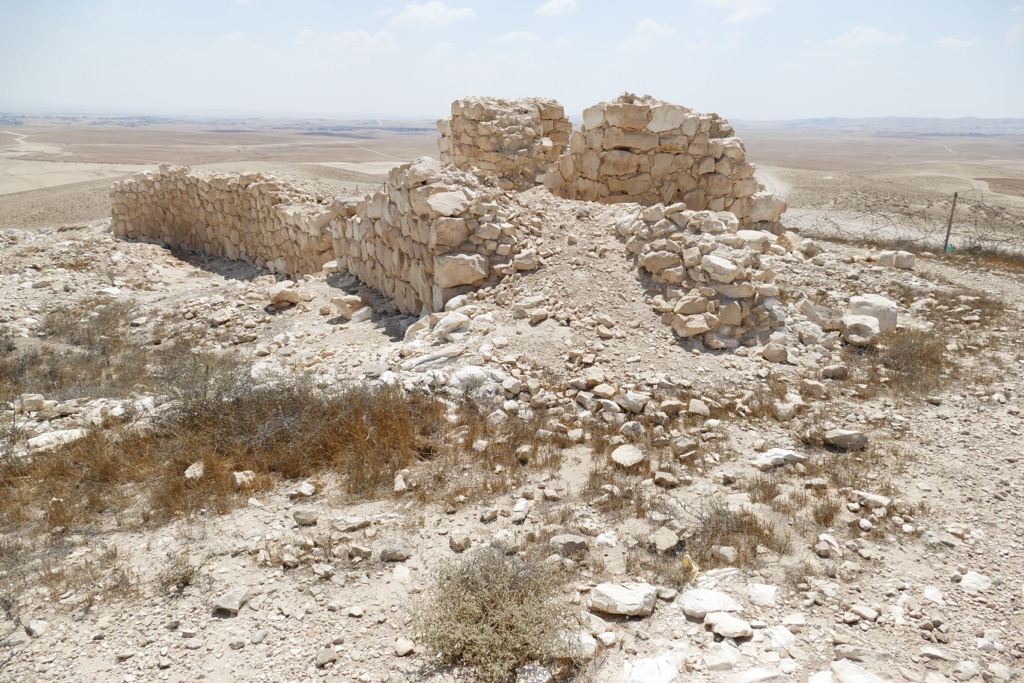
The Discovery of Tel Arad National Park
Unveiling the Past
The sands of the Negev desert concealed the ruins of Tel Arad for ages until a twist of fate brought them to light. In 1962, a dedicated team led by Israeli archaeologist Yohanan Aharoni embarked on an expedition. They sought to unlock the mysteries of Israel’s ancient history. What they found was beyond expectations. The team unearthed the foundations of a vast city. They surmised it dated back to the Early Bronze Age. Their work marked the beginning of a new chapter in the understanding of the region’s past.
The Canaanite City Emerges
As the excavations progressed, a sophisticated Canaanite city structure came into focus. Researchers identified a city wall, gates, and remnants of advanced urban planning. Signs of a bustling commercial activity through discovered artifacts spoke volumes. Furthermore, well-preserved structures provided insight into the Canaanite society’s richness. The Canaanite settlement at Tel Arad showed significant economic and strategic importance. Clearly, it played a role in the region’s development.
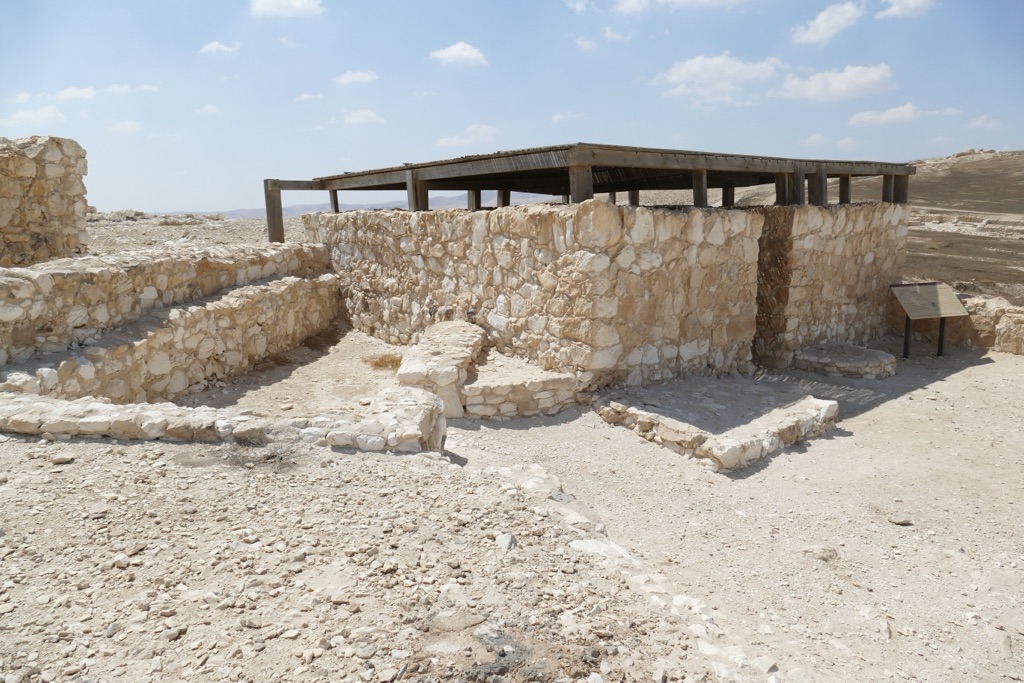
The Israelite Fortification
Further into the dig, the team came upon an unexpected layer of history—the Israelite fortress. This complex, attributed to the Kingdom of Judah, boasted multi-chambered gate systems and residential quarters. Aharoni’s team realized they had stumbled upon a pivotal military post from Biblical times. Inscriptions they found confirmed the fortress’s use over several centuries. They highlighted Tel Arad’s prominent role in the historical narratives of the Israelites.
Investigations revealed the unique feature of an intact sacrificial temple. It mirrored the descriptions of Solomon’s Temple in Jerusalem. Such a discovery provided a tangible connection to the religious practices described in ancient texts. This temple in Tel Arad, with its sacrificial altars, allowed archaeologists to piece together rituals from a bygone era. It also sparked intense discussions among scholars about the singular nature of Israelite worship during this period.
Today, the discovery of Tel Arad stands as a landmark event in archaeological and biblical studies. The site has offered endless insights into the ancient Near East’s societal and religious evolutions. The ongoing research at Tel Arad National Park fuels the curiosity of many. It ensures the legacy of its discovery continues to enlighten and inspire. The park now serves as a precious time capsule, drawing visitors keen to experience history first-hand.
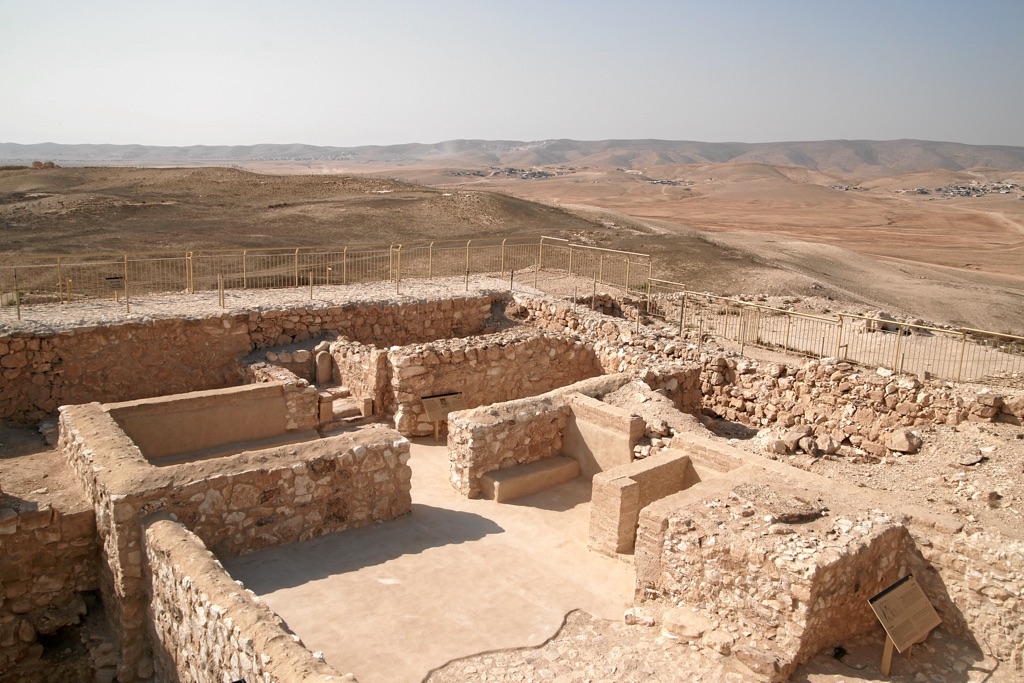
Cultural Significance, Dating methods, Theories and Interpretations
Tel Arad’s Cultural Heritage
Tel Arad National Park stands as a vibrant testament to ancient urban development and spirituality. It tells the tale of two prominent cultures: the Canaanites and the Israelites. Each left a unique mark on the site’s cultural fabric. The Canaanite city’s layout reveals sophisticated urban planning. The Israelite fortress offers a glimpse into biblical times. Religious structures, such as the temple, reflect the deep spiritual dimensions of its inhabitants. Tel Arad has thus become a cultural keystone. It seeks to connect visitors with the ancient Near East’s rich legacy.
Dating the Layers of History
Archeologists have used a combination of dating methods to reveal Tel Arad’s past. Stratigraphy has allowed them to layer the city’s history like pages in a book. Radiocarbon dating has provided precise age estimates for organic materials. Pottery typology has also been crucial, linking ceramic styles to specific time periods. These methods together paint a detailed picture of life in the region. They span from the Early Bronze Age to the Iron Age. Each layer adds a new understanding of the site’s evolution throughout history.
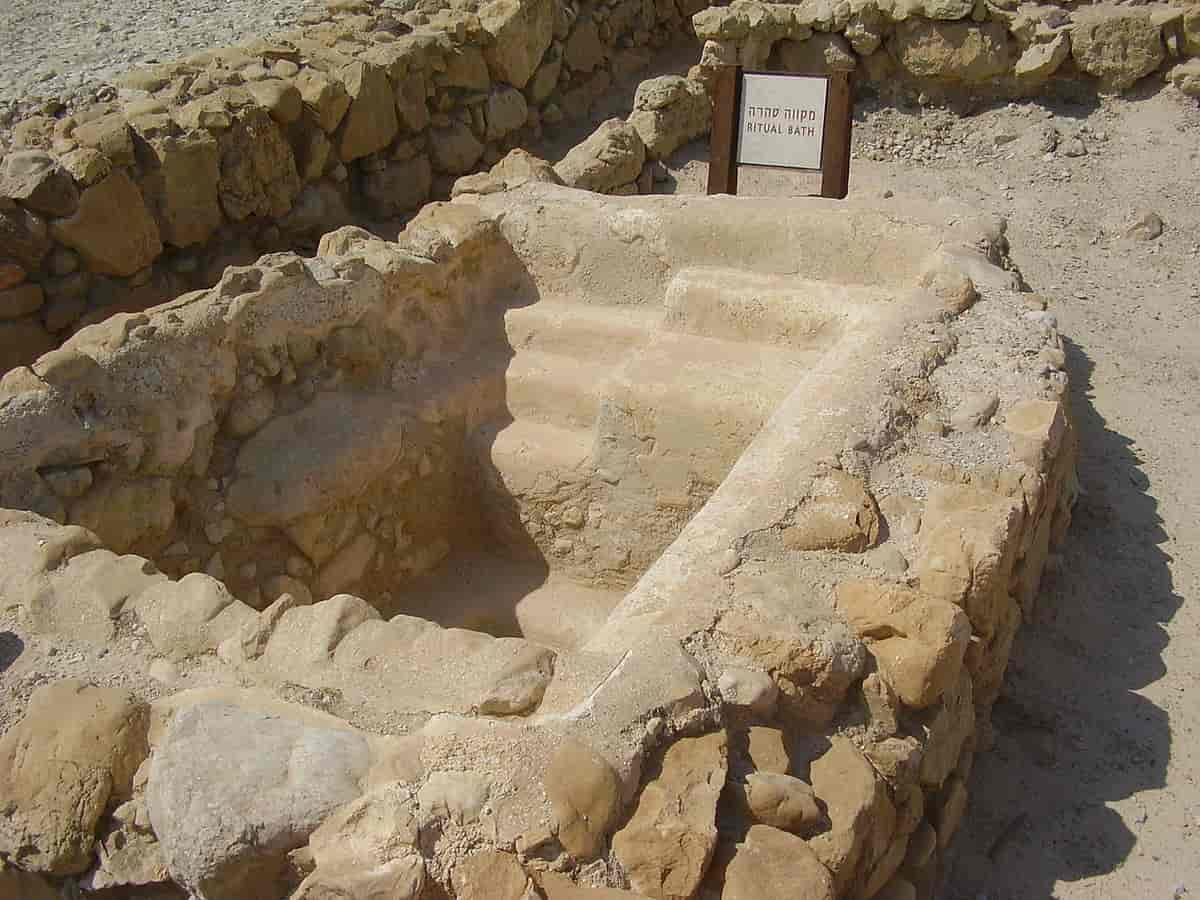
Debates and Theories
Despite the wealth of discoveries, Tel Arad’s complete story remains partly veiled. Scholars debate over its military and trade significance. They also discuss the role and reach of its religious practices. One prevailing theory suggests Tel Arad was a central administrative hub. It might have orchestrated trade and collected taxes. Another suggests it was a spiritual center, linking to the First Temple in Jerusalem. These interpretations continue to evolve. As such, they showcase how historical understanding is ever-shifting.
Interpretations of Tel Arad also extend to its socio-political structure. Artifacts imply a complex society with social hierarchies and skilled labor. Some researchers suggest that Tel Arad’s design points to a centralized power that commanded significant resources. Other suggest it was a cooperative communal effort. The true nature of its societal organization may lie somewhere in between. Nevertheless, such discussions enrich the narrative of Tel Arad’s historical significance.
Today, Tel Arad National Park offers not only a journey back in time but also a platform for intellectual discourse. The ongoing exploration and interpretations of this ancient site fuel scholarly debates. They also challenge visitors to consider the echoes of history that shape modern understanding. With each visit, guests add a layer of contemporary significance to the site. It’s a dialogue between the past and present that makes Tel Arad a living piece of human heritage.
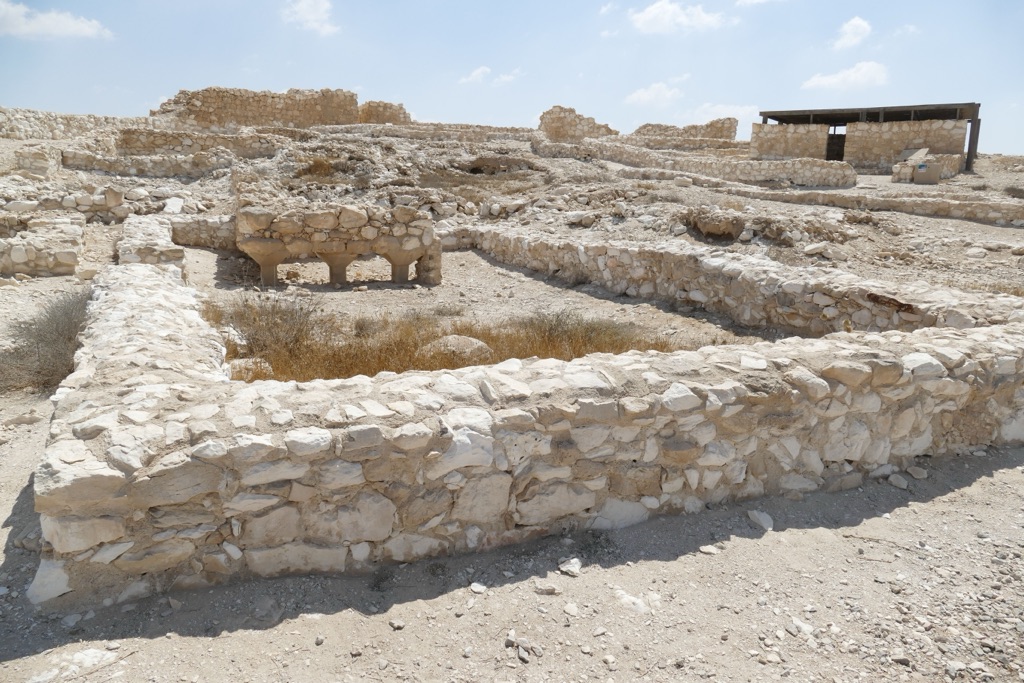
Conclusion and Sources
The historical site of Tel Arad National Park offers an invaluable window into the ancient Near East. Through its layered city ruins and rare temple structures, Tel Arad provides a unique glimpse into the religious, social, and military dynamics of the Canaanite and Israelite peoples. As debates and theories continue to evolve, the park remains a key source of knowledge, bridging the past and present with each discovery. It stands as a testament to the intricate tapestry of human history that has shaped the region.
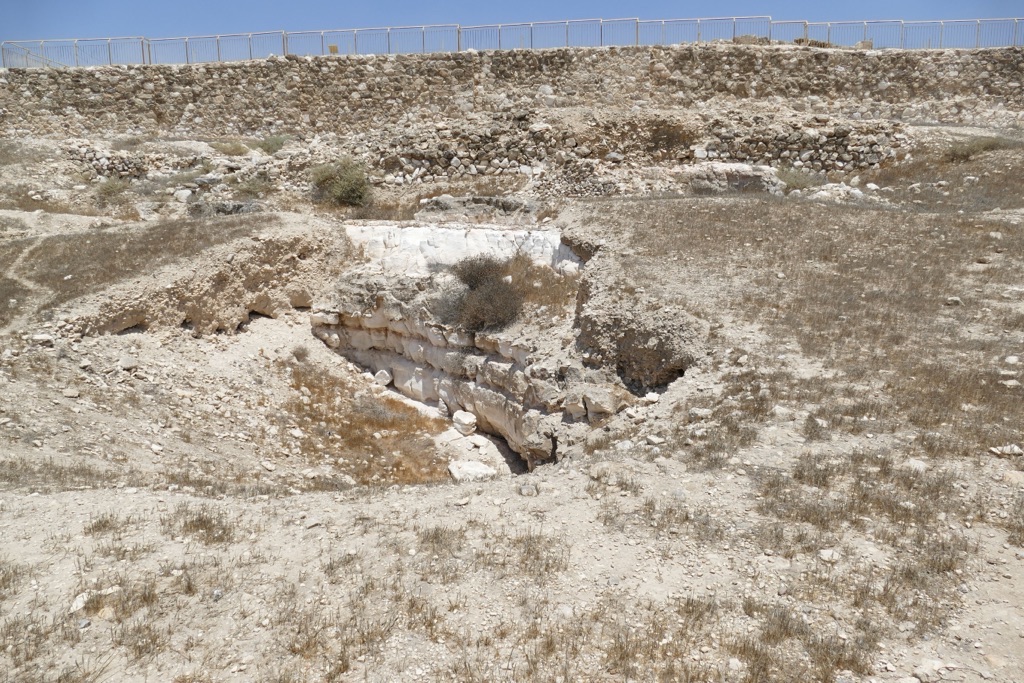
For further reading and to validate the information presented in this article, the following sources are recommended:
Or you can check any of these reputable archaeological and historical texts:
Israel Antiquities Authority, 2021. Tel Arad National Park.
Aharoni, Y., 1967. Arad: Its inscriptions and temple. The Biblical Archaeologist, 30(1), pp.2-32. DOI: 10.2307/3209781.
Herzog, Z. and Aharoni, Y., 1984. Judah, Israel and the Temple in Tel Arad. Tel Aviv, 11(2), pp.150-163. DOI: 10.1179/033443584788500717.
Finkelstein, I. and Piasetzky, E., 2008. Radiocarbon dating and Philistine chronology with an addendum on el-Ahwat. Ägypten und Levante / Egypt and the Levant, 18, pp.272-284.
National Parks Authority of Israel, 2020. Tel Arad – A Desert City.

